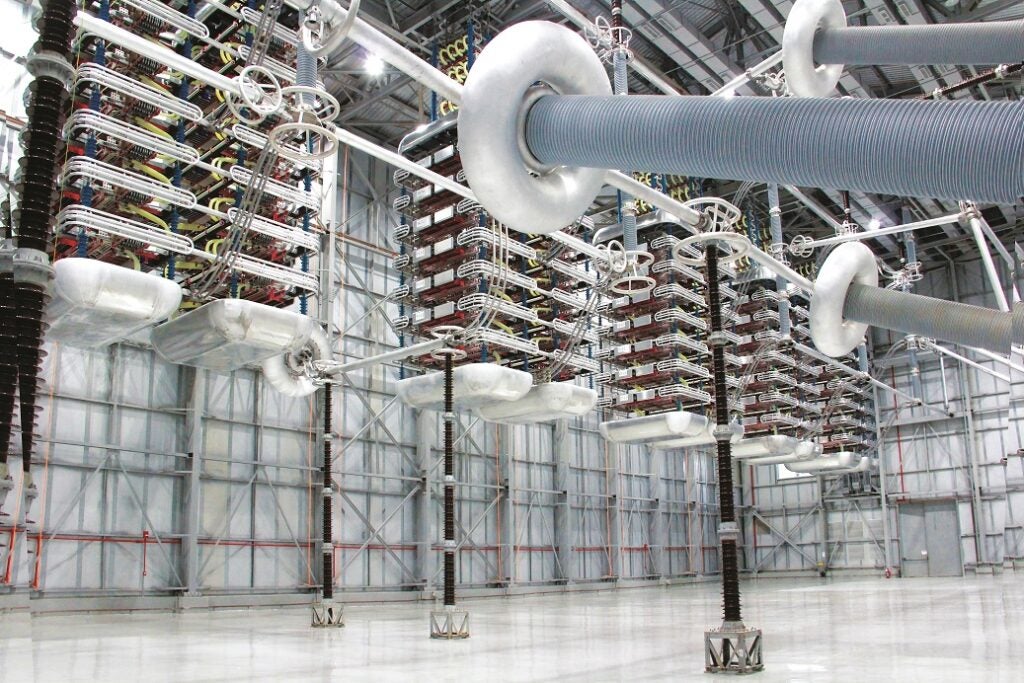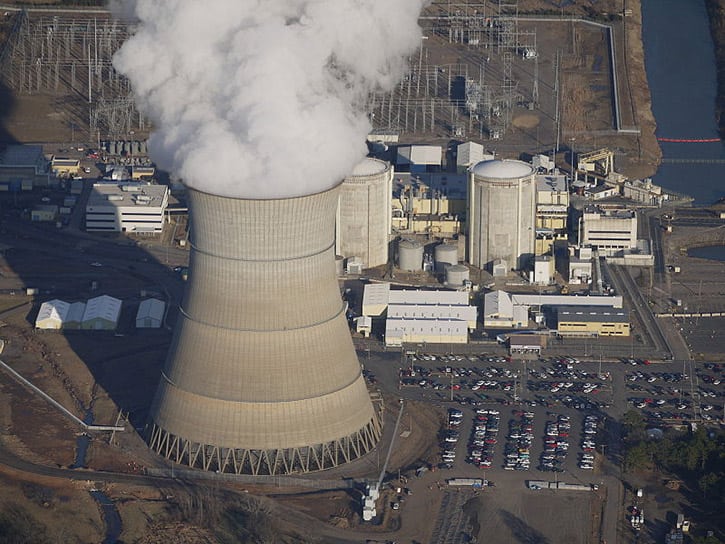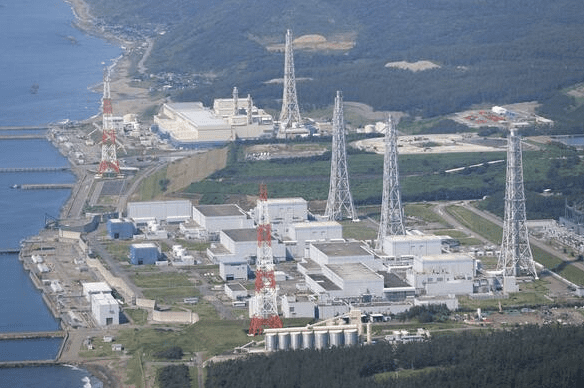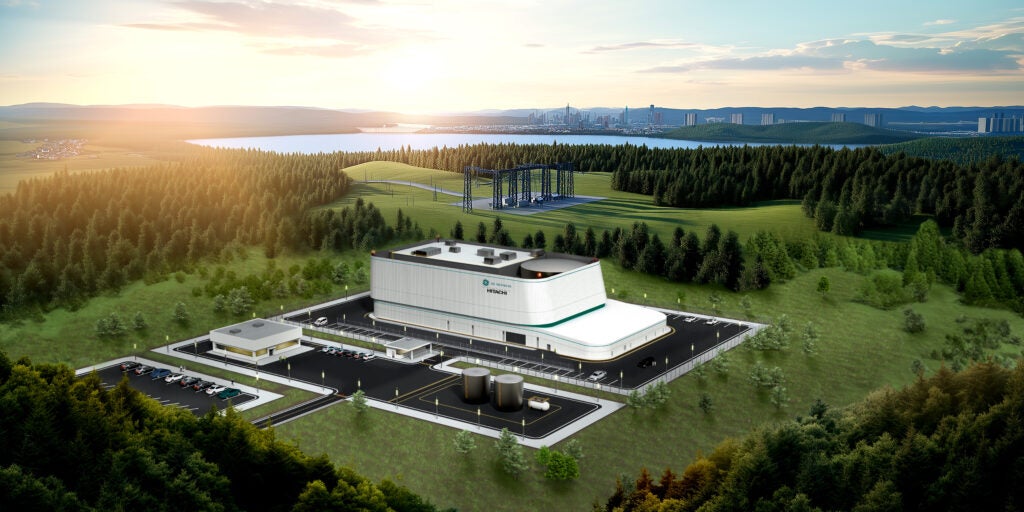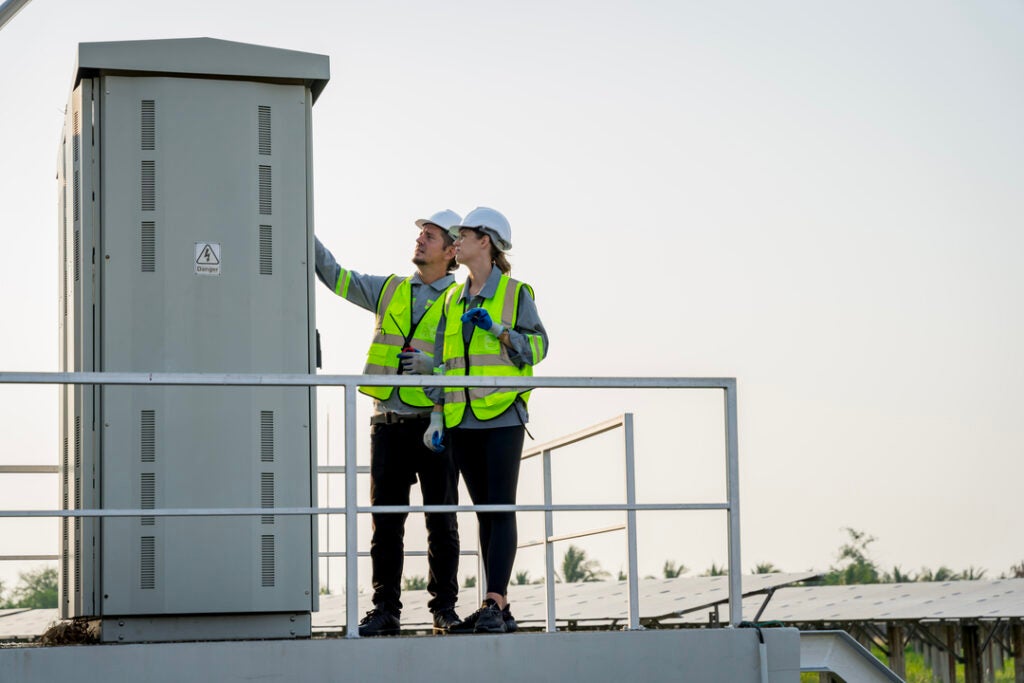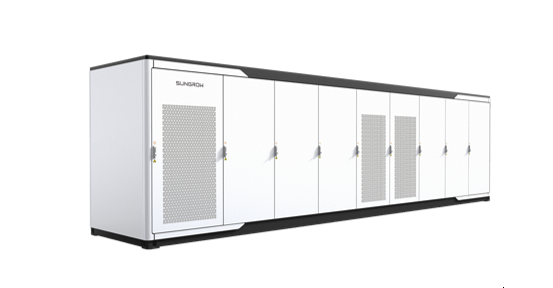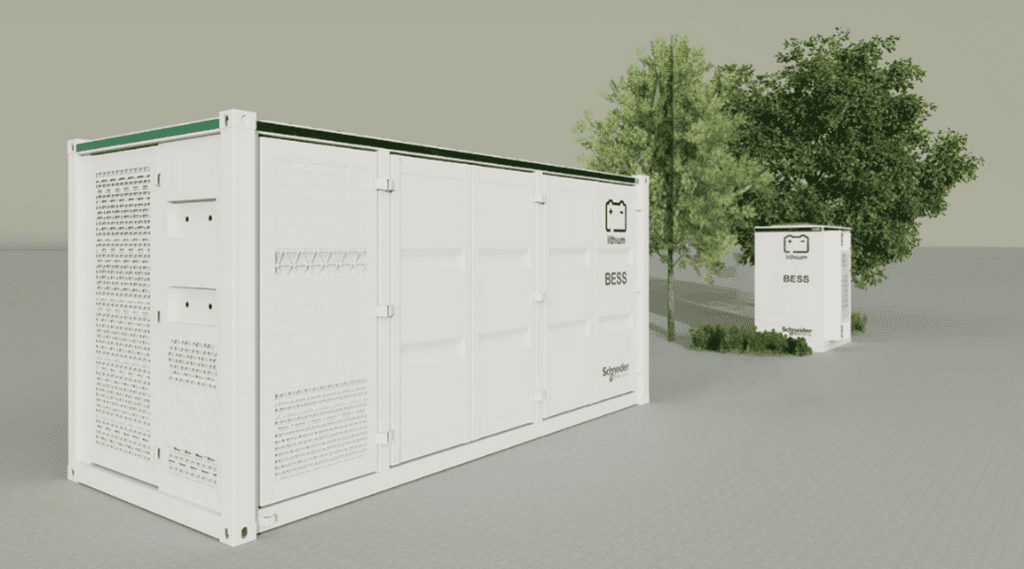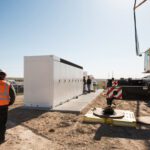Battery energy storage systems (BESS) are revolutionizing how energy is managed. These systems are critical for improving grid efficiency, integrating renewable energy, and ensuring a reliable power supply. As their adoption grows, the need to focus on practical design and cost optimization has never been more apparent. Standalone BESS projects can achieve greater efficiency, lower costs, and achieve more consistent performance by emphasizing value engineering and standardized design practices. This article explores how these strategies can transform standalone BESS into sustainable, scalable solutions for the future.
Understanding Standalone BESS
Standalone BESS are unique energy systems designed to operate independently without being directly connected to power generation sources. Their primary components include energy storage units like lithium-ion batteries, power conversion systems such as inverters and transformers, and thermal management solutions to ensure optimal performance. These systems serve various purposes, including reducing peak energy demand, stabilizing power grids, and supporting the integration of renewable energy sources.
Several critical factors determine the performance of a standalone BESS. These include:
- Energy Capacity. Typically measured in megawatt-hours (MWh), this indicates how much electricity the system can store and deliver.
- Power Rating. Measured in megawatts (MW), it represents the maximum power output the system can provide at any given time.
- Efficiency. Often referred to as round-trip efficiency, this reflects how much energy is retained during storage and discharge.
- Lifecycle. Influenced by factors such as the number of charge and discharge cycles, operating temperatures, and environmental conditions.
Addressing these factors during the design phase is essential for ensuring long-term success.
Value Engineering in BESS Design
Value engineering is a structured approach that improves the functionality of a project while minimizing costs. In the context of BESS, this involves carefully evaluating components and design choices to achieve the best balance between performance and expense.
For example, the battery chemistry selection can significantly impact cost and efficiency. Lithium-ion batteries are popular due to their high energy density and long lifecycle. However, alternative chemistries like sodium-sulfur or flow batteries might be more cost-effective for specific applications, such as long-duration energy storage or projects in extreme climates.
Another key area where value engineering plays a role is in the selection of inverters. Inverters are essential for converting the direct-current (DC) power stored in batteries into alternating-current (AC) power used by the grid. Choosing the right inverter design can improve efficiency while reducing system size and operational costs. For instance, string inverters are well-suited for smaller systems, while central inverters offer better scalability and cost-effectiveness for large-scale applications.
Beyond component selection, the physical layout and configuration of the system are critical for optimizing performance and reducing costs. Modular designs, for instance, allow for scalability, enabling systems to expand as energy demands grow. A modular approach simplifies maintenance and upgrades, as individual components can be replaced or added without disrupting the system. Additionally, ensuring high energy efficiency in auxiliary systems such as transformers, cables, and switchgear minimizes operational losses and enhances overall performance.
Another practical example of value engineering is in the design of thermal management systems. These systems are vital for maintaining the performance and safety of BESS, especially in extreme temperature environments. Instead of over-engineering cooling solutions, a cost-benefit analysis can help determine the most efficient approach. Passive cooling systems, for instance, may be sufficient for installations in mild climates, whereas active cooling might be necessary for high-temperature regions.
Standardized Design for Consistency and Scalability
While value engineering focuses on individual projects, standardized design practices ensure consistency across multiple installations. Standardization is particularly important for large-scale BESS deployments, where uniformity in system components and processes can streamline construction, reduce costs, and improve reliability. One way to achieve this is through predefined system configurations tailored to common use cases. For example, a standardized design for grid-scale storage might include a specific combination of battery modules, inverters, and auxiliary systems (Figure 1). This reduces the need for site-specific customizations, speeding up project timelines and lowering engineering costs.
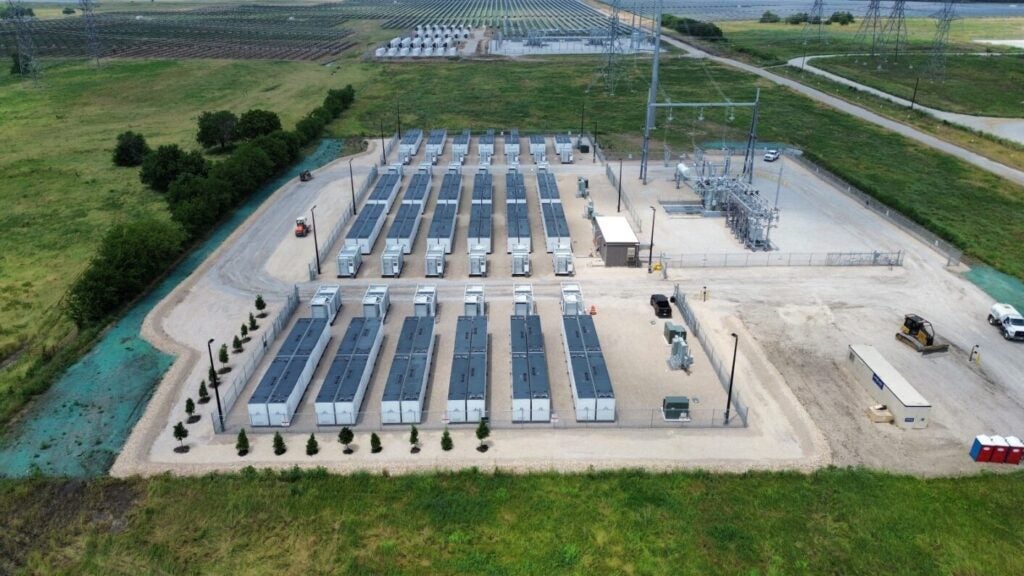
Standardization also simplifies operations and maintenance. By using similar components, such as battery modules, inverters, and substation equipment, across different sites, operators can reduce the variety of spare parts required. This approach lowers inventory costs and ensures compatibility, allowing technicians to apply the same maintenance procedures regardless of the site. For instance, a utility company managing multiple BESS installations might standardize its battery containers, inverter design, and substation components to streamline repairs and reduce downtime.
Maximizing Efficiency and Scalability
Unified control and monitoring systems are another key aspect of standardization. Operators can manage geographically dispersed assets from a central location by implementing consistent software interfaces across all installations. This facilitates remote troubleshooting, performance analysis, and system upgrades. For example, a standardized supervisory control and data acquisition (SCADA) system enables seamless data collection and integration, ensuring operators can monitor performance metrics in real time and address issues promptly.
Standardized designs also enhance scalability. Modular systems with standardized components can be easily expanded as energy needs increase. For instance, a BESS designed for a small commercial facility can be scaled up to support a larger industrial site by adding more battery modules and inverters, and upgrading the electrical equipment. This eliminates the need for major reengineering, reducing costs and project timelines.
The benefits of value engineering and standardized design in BESS projects are clear. By optimizing design choices and focusing on consistency, these strategies lower costs, reduce risks, and accelerate deployment. For example, a solar farm in California that implemented modular and standardized BESS designs could expand its capacity by 50% in just six months without disrupting operations. Similarly, a utility company in Texas reduced its maintenance costs by 30% by standardizing its battery modules and control systems across multiple installations.
As you can see, standalone BESS are vital for modern energy management, offering solutions to integrate renewable energy, stabilize power grids, and meet growing energy demands. Stakeholders can create cost-effective, reliable, and scalable systems by adopting value engineering and standardized design practices. These strategies improve operational efficiency and ensure that BESS projects are well-positioned to support the evolving energy landscape. As the demand for sustainable energy solutions continues to rise, prioritizing smart design and consistent practices will be key to unlocking the full potential of BESS technology.
—Manoj Reddy Gopu is a seasoned engineering leader specializing in energy storage and renewable energy systems. As Director of Engineering, he has spearheaded the development and execution of large-scale battery energy storage systems and has extensive experience with SCADA and energy management systems in operational technology. His career encompasses roles such as senior applications engineer in renewables and project manager in control systems, underscoring his comprehensive expertise in the energy sector.




